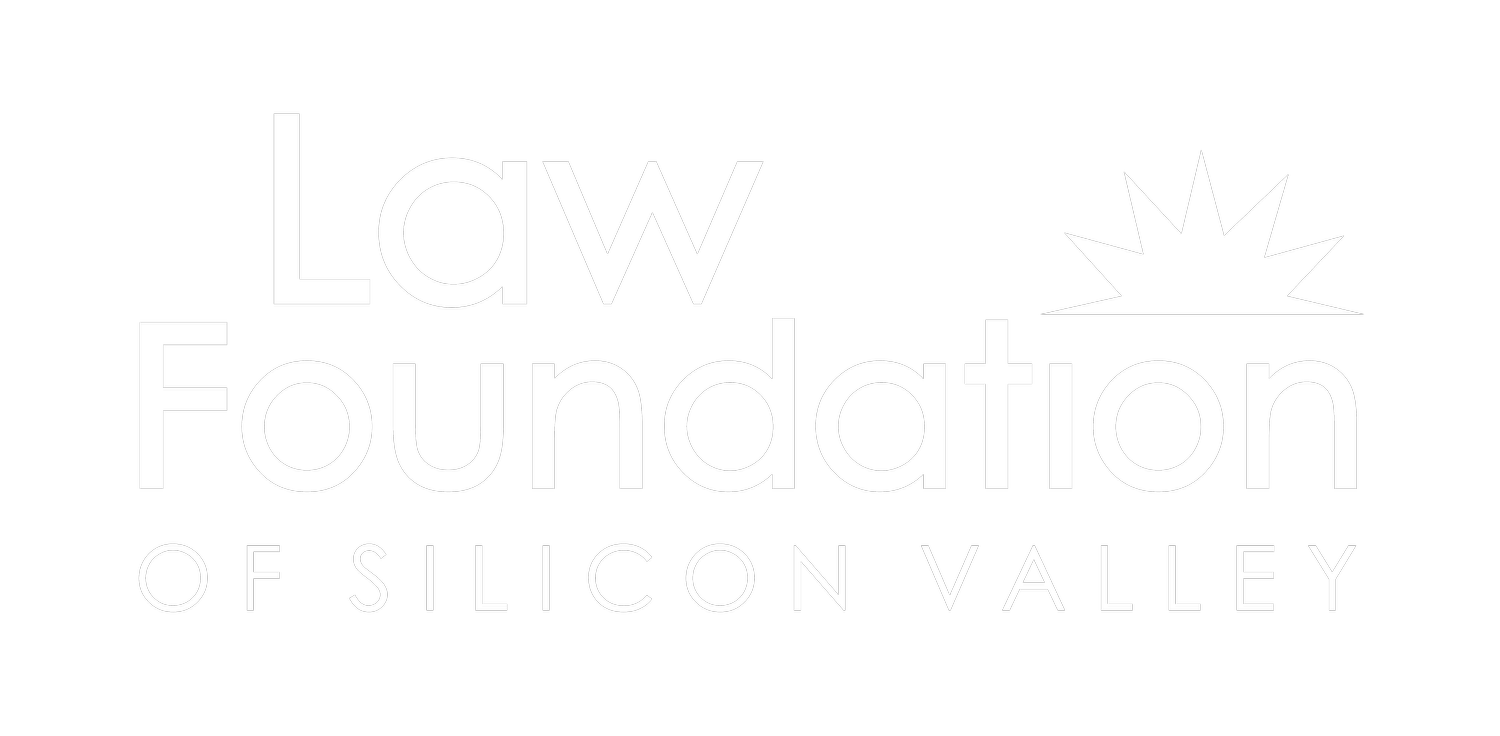Whether it's by reading, listening, or watching, there are many ways to stay informed and engaged with the issues that shape our society. Each week in December, we’re sharing our "Favorites of 2019" with you — a gift from us, for everything you've done to support the Law Foundation this year.
We hope that this list is a starting point to spark larger conversations with friends, family, and colleagues, and that it inspires you to be more involved in our community (and with us!). You can help us by donating to the Law Foundation today. All gifts are tax-deductible and greatly appreciated. We can't do our work without you. Thank you, in advance, for your commitment to justice.
HOUSING
The Arc of Justice: The Rise, Fall and Rebirth of a Beloved Community
Arc of Justice traces the remarkable journey of New Communities, Inc. in southwest Georgia, a story of racial justice, community organizing, and perseverance in the face of enormous obstacles. The Law Foundation co-sponsored a community screening of the film with the newly-incorporated South Bay Community Land Trust earlier this year. Watch the trailer & learn more.
“Race for Profit” by Keeanga-Yamahtta Taylor
Recent U.S. census data reveals the homeownership rate for African Americans has fallen to its lowest level since before the civil rights movement. Keeanga-Yamahtta Taylor’s new book, “Race for Profit: How Banks and the Real Estate Industry Undermined Black Home Ownership,” examines the roots of this crisis. Watch a clip & learn more.
"The Color of Law" by Richard Rothstein
The history of residential segregation in the United States is long and disturbing, and the government, at all levels, has created and perpetuated this ongoing segregation that still defines our neighborhoods and communities. Through a historical analysis, Rothstein makes a case for the United States and its government having a constitutional obligation to remedy segregation in housing. Learn more.
CHILDREN & YOUTH
"Congratulations, You're On Your Own: Life After Foster Care" - Documentary
When young people "age out" of the foster care system (they reach 21 years old, the maximum age requirement needed for their caregiver to receive financial support), they are often forced to leave their guardian's home and figure out life on their own. These real-life stories remind us of our own clients who face the same hardships. Nearly every foster care youth in Santa Clara County is assigned a Law Foundation attorney and we work tirelessly to ensure their safety and security. Watch here.
The Problem We All Live With
So many people are trying to rethink and reinvent education, to get low-income, underrepresented students performing as well as white students. But there's one thing nobody tries anymore, despite lots of evidence that it works: desegregation. Nikole Hannah-Jones looks at a district that, not long ago, accidentally launched a desegregation program. Listen here.
Unbelievable
A story about doubt: how it germinated, spread, and eventually took hold of an entire community, with terrible consequences. Young women ages 16-19 are four times more likely than the general population to experience rape, attempted rape, or sexual assault. Read the Pulitzer Prize-winning ProPublica/Marshall Project story that inspired the Netflix series or listen to this podcast.
HEALTH
55 Steps
Based on a true story, this film explores an uphill legal fight for a patient's rights that led to Riese v. St. Mary's Hospital and Medical Care Center. In this case, the California State Court of Appeals declared that patients in involuntary mental health treatment have the right to exercise informed consent in most cases regarding the use of antipsychotic drugs. This case still governs the hearings conducted by the Law Foundation's Patients' Rights Unit and established a legal standard for determining capacity to refuse psychiatric medications that are used nationally and around the world. Watch here.
The Problem with Race-Based Medicine
Social justice advocate and law scholar Dorothy Roberts has a precise and powerful message: Race-based medicine is bad medicine. Even today, many doctors still use race as a medical shortcut. They make important decisions about things like pain tolerance based on a patient's skin color instead of medical observation and measurement. In this talk, Roberts lays out the lingering traces of race-based medicine — and invites us to be a part of ending it. Watch here.
‘What The Health?’: All About Medicaid
Medicaid, the joint federal-state health program for people with low incomes, serves more than 70 million people, covers 1 in every 5 births in the U.S., and foots more than half the nation’s bill for long-term care. Understanding Medicaid isn’t easy, but with plans to overhaul the health system back in the news, it’s critical. Listen here.
RACE EQUITY SPOTLIGHT
As social justice lawyers and advocates, we must understand the complex challenges our clients experience every day and challenge and navigate systemic inequalities that pervade through policies, practices, and cultural messages.
"So You Want to Talk About Race" by Ijeoma Oluo
Race and racism can be difficult topics to talk about if they're not part of someone's daily life experience, but this book is for everyone. Oluo takes an accessible and approachable avenue to address the most sensitive and charged issues in the United States regarding racial disparities and oppression by being straightforward and funny. From white privilege to police brutality, this New York Times bestseller breaks down the systems of power, how they work to perpetuate and uphold racial oppression, and how each of us can do our part to help dismantle them. Learn more & watch here.
“There There” by Tommy Orange
This creative and colorful novel follows twelve characters from Native communities: all traveling to the Big Oakland Powwow, all connected to one another in ways they may not yet realize. This novel interweaves history, intergenerational trauma, and systemized oppression, while bringing characters to life. Learn more.
The 400 Year Legacy with Nikole Hannah-Jones and Ibram X. Kendi
Nikole Hannah-Jones, the architect behind The 1619 Project, and Ibram Kendi, author of “How To Be an Antiracist”, join Chris Hayes to examine the 400 year legacy of slavery in America. Together they examine the sinister discrepancy between the history of this nation as it was and the history of this nation as we are taught it, and discuss what that history then demands from us in this moment. Listen here.
We hope you enjoyed the recommendations from our board, attorneys, staff, and volunteers! To create a more equitable community and society, we all must do our part to stay informed and engaged. We also hope that you will take this moment as an opportunity to become involved with the Law Foundation and our mission to increase access to justice by providing free legal services to low-income and underrepresented communities.
















